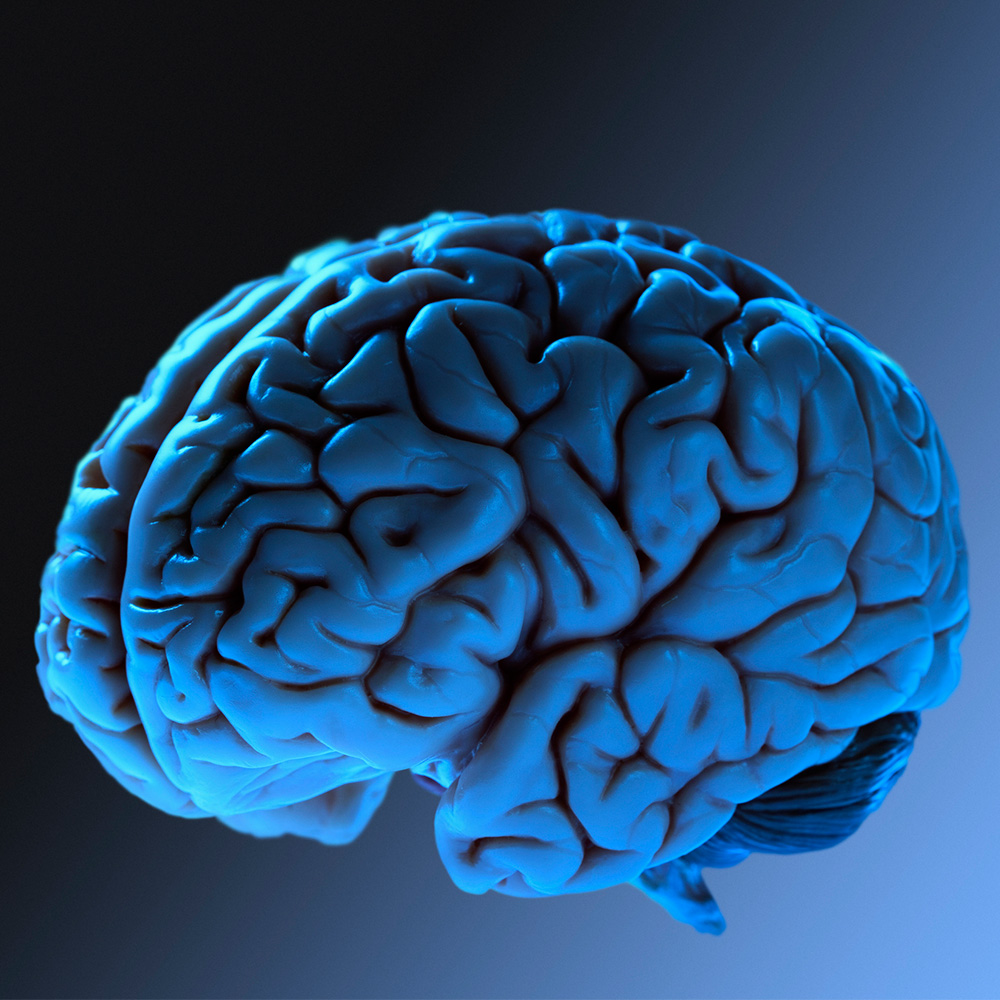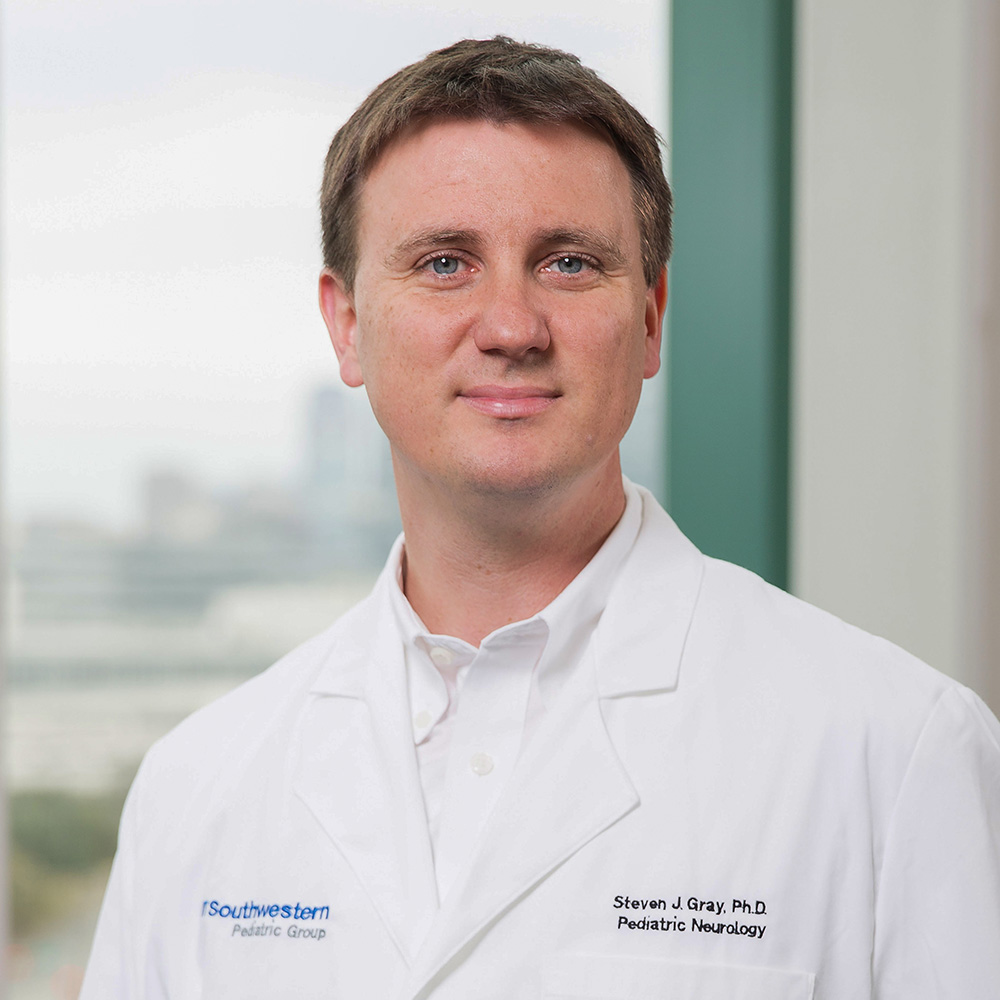Stroke prevention drugs can improve survival after stroke, study finds
DALLAS – Aug. 1, 2016 – Blood-thinning drugs designed to prevent stroke can help improve survival chances if strokes do occur, according to a national study involving UT Southwestern Medical Center that offers new insight into whether the medication’s potential side effects are worth the risk.
The study, published in the August edition of the journal Stroke, addresses a concern among doctors that antithrombotic medicines should not be prescribed to at-risk patients because blood thinning can increase the chance of brain bleeding, said Dr. Robert Suter, Professor of Emergency Medicine at UT Southwestern, who co-authored the study.
“There is an almost irrational fear of bleeding that frequently discourages clinicians from prescribing antithrombotics,” said Dr. Suter, a past president of both the American College of Emergency Physicians and the International Federation for Emergency Medicine.
But researchers found that the blood clot-busting treatments are more likely to help patients and can provide significant benefits beyond their traditional role of preventing ischemic stroke. Although a small percentage of patients suffer hemorrhagic stroke as a complication of the blood thinners, researchers found that patients who were receiving the medication before their stroke were more likely to survive and maintain their mental and physical functions.
The research confirms smaller studies that showed patients who took blood thinners before stroke had better outcomes and no significant increase in brain bleeding. The new study included data from more than 540,000 acute ischemic strokes recorded between October 2011 and March 2014 in hospitals across the country.
UT Southwestern’s Robert D. Rogers Advanced Comprehensive Stroke Center, part of the Peter O’Donnell Jr. Brain Institute, is the only Advanced Comprehensive Stroke Center in North Texas certified by Joint Commission and the American Heart Association/American Stroke Association, and one of only two in Texas. The certification recognizes the significant resources in infrastructure, staff, and training that comprehensive stroke centers must have to provide state-of-the-art complex stroke care, which studies have shown can improve outcomes.
Tips for detecting a stroke
The chances of effectively treating a stroke decrease if patients don’t quickly realize they are having one. Common symptoms include sudden vertigo and blindness, trouble speaking and understanding and numbness affecting one side of the body.
The acronym FAST is a helpful way to identify if someone is suffering from a stroke:
- Face: Ask the person to smile. Does one side of the face droop?
- Arms: Ask the person to raise their arms parallel to the ground. Does one arm drift down?
- Speech: Ask the person to repeat a simple phrase. Is the speech slurred or gibberish?
- Time: If any of these symptoms are present, call 911 immediately.




